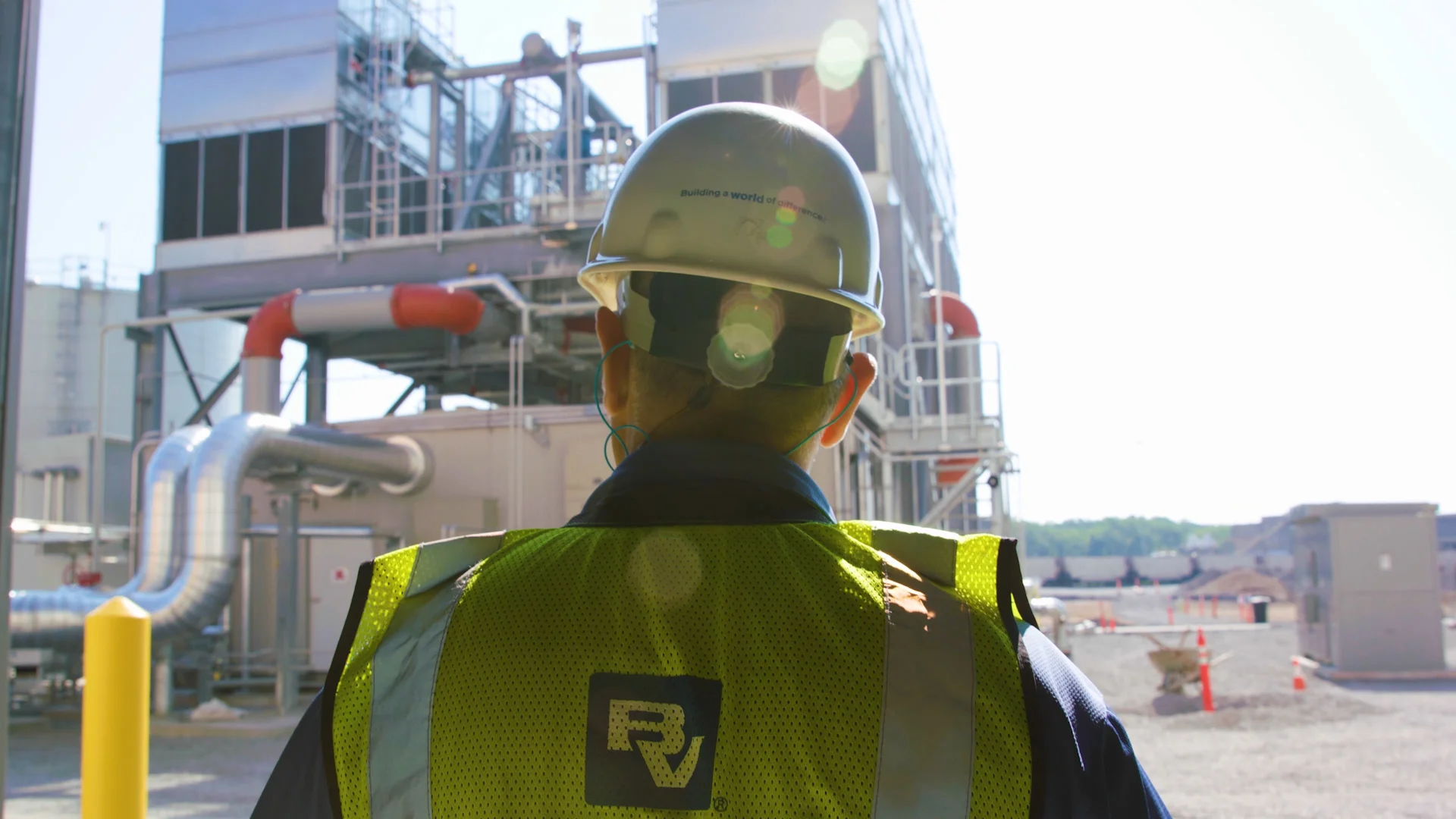As demand for reliable energy grows, nuclear power has re-emerged as a feasible option. But before a single watt is generated, success depends on one critical phase: the upfront environmental process. Following are considerations to navigate the process with efficiency and transparency while producing positive environmental outcomes.
Site selection and environmental risk mitigation
Black & Veatch has more than 40 years of experience in environmental permitting across the U.S.—including nuclear Combined License (COL) applications. We know the importance of critical issues analysis and early studies to successful nuclear project development. From determining site viability quickly to providing a clear go/no-go decision framework, proactive environmental planning can reduce costs, avoid delays and streamline the path to regulatory approval.
National environmental policy act regulations
NEPA (National Environmental Policy Act) review requirements are the primary driver of nuclear power environmental planning. To ensure every step aligns with federal expectations, being current on evolving regulations is essential. That includes the Generic Environmental Impact Statement (GEIS) proposed rule for advanced nuclear projects. Meanwhile, it’s also important to have in hand interim energy solutions, such as natural gas or backup generation, backed by the same level of permitting and compliance expertise.
Minimizing environmental impact through smart planning
Collaboration between environmental professionals and nuclear engineers on both desktop and field studies can yield vital information. Identifying sensitive resources, cultural sites and other constraints early improves site assessments and risk mitigation. It allows developers to:
Avoid or minimize environmental impacts
Comply with mitigation measures
Maintain project momentum
Taking a proactive approach supports both environmental stewardship and regulatory efficiency.
Stakeholder engagement and continuous compliance
Transparency is key. Stakeholder engagement helps to ensure that communities, regulators and other stakeholders are informed and involved throughout the licensing process.
Strong relationships with NRC staff especially can smooth the way from early planning through construction and operation, ensuring continuous compliance and best practices at every stage.
Shaping future environmental planning for nuclear power plants
In today’s energy landscape, everyone wants power—now. But speed must be balanced. Shaping environmental planning early and aligning it with project goals helps to:
Streamline the NRC (Nuclear Regulatory Commission) licensing process
Minimize environmental and regulatory risks
Deliver projects with confidence and clarity
Working with a comprehensive environmental advisor enhances nuclear project development, moving projects from concept to completion efficiently, responsibly and sustainably.






